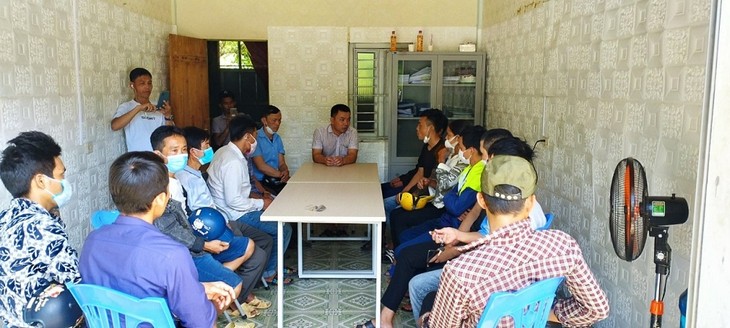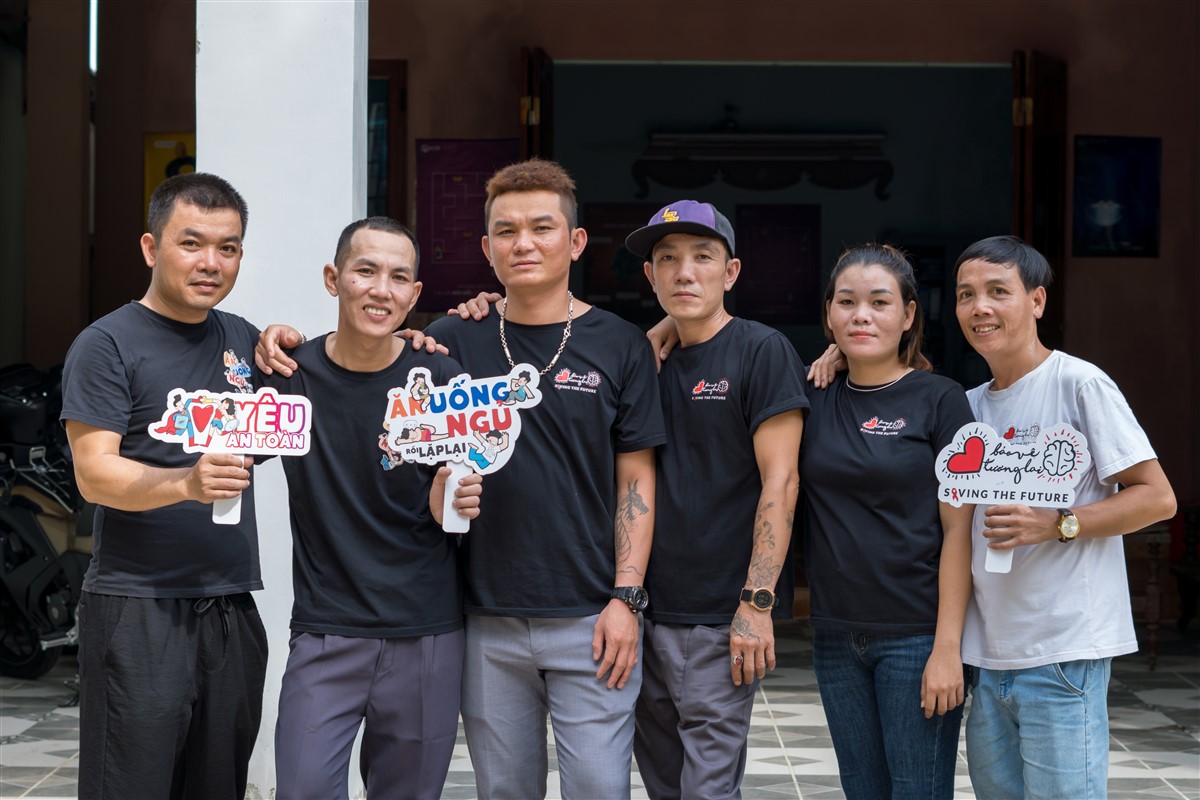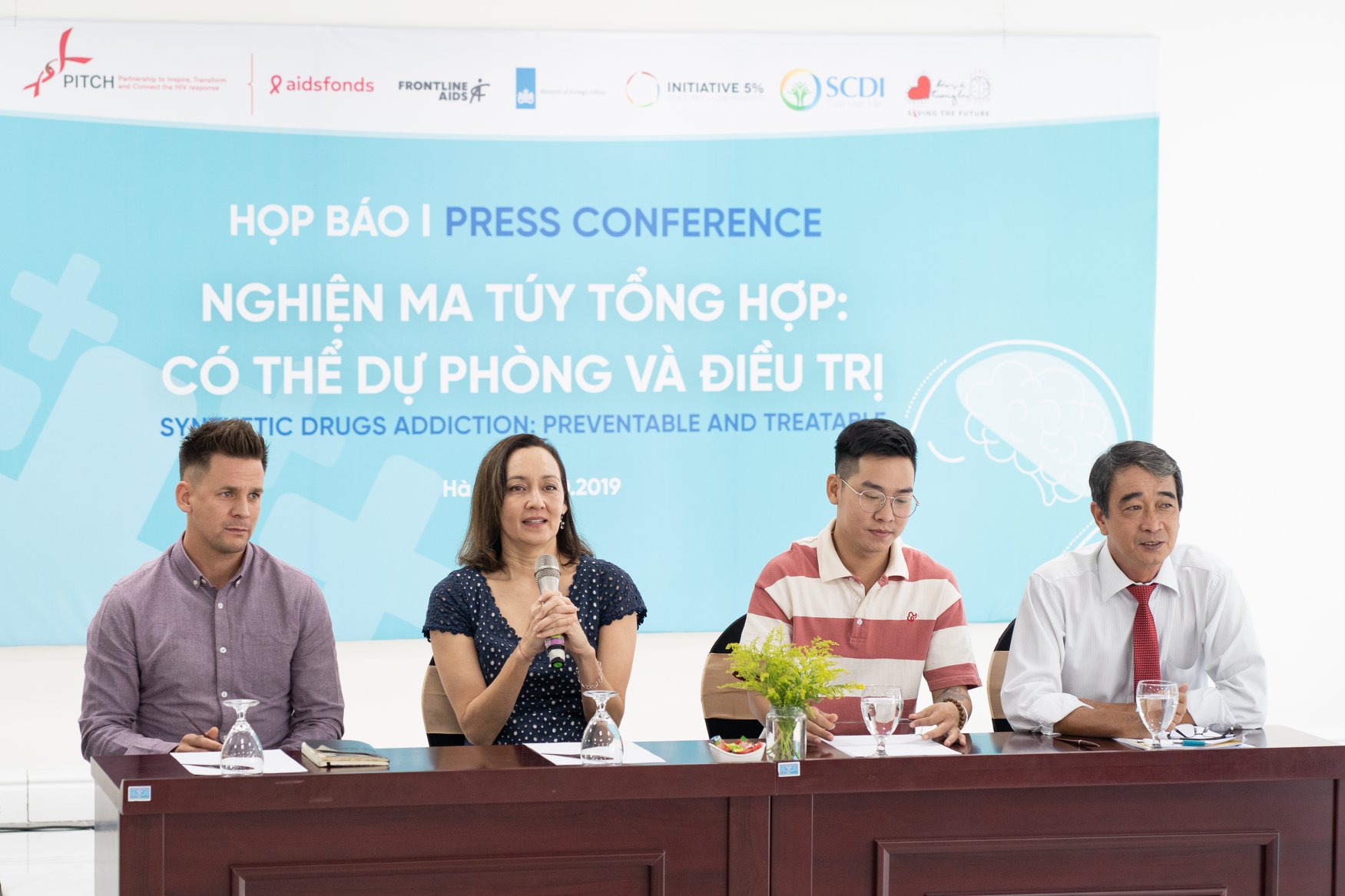Vietnam has at least 3 million juveniles encountering mental health problems. However, just 20 % of those people have received treatments and medical services. The remaining have been subjected to alcoholic, drug and cigarette abuse, which have led to their dependence on the substances and addiction.
Mrs. Nguyen Thuy Linh, Manager of Children and Youth Program presented the survey on the situation of juveniles’ using drugs - Photo: Collaborator
This warning has been presented by experts at the conference “Mental health and drugs use in juveniles - Understanding and Supporting” held by SCDI at Ho Chi Minh city on November 3rd.
Using stimulants to escape from sadness
Sharing at conference, Mr. H. (Ho Chi Minh city), considered himself as a veteran at taking stimulants and being capable of mastering himself in the whirlpool of drugs. Ever since 1995, he has been using different kinds of drugs such as heroin, ketlamine, methamphetamine, ecstasy, etc.
H. gladly told us that he has helped a young person stop using methamphetamine. Without medical background, he just used his experience to consult the young man to adhere to treatment.
“I told his mom to let him go to the countryside with me for a week, we went fishing and sang together every day. And just after one week, the young man didn’t have cravings for methamphetamine”. H. shared his own story and hoped that the community would reduce stigma and discrimination against drug-users so that they can reclaim their lives.
Mrs. Nguyen Thuy Linh - Program Manager of Children and Youth Program (SCDI) shared that the online survey’s result conducted among 231 people (age ranging from 15 to 24) showed that 71% of drug users used to use stimulants.
The popular types of stimulants used by the young consist of alcohol, funky ball, marijuana, methamphetamine, ecstasy. A large number of the drug users explain that they recourse to drugs to release stress, pleasure, depression, shame or self-affirmation.
The latest report from United Nations Children’s Fund (UNICEF) showed that there were up to 12% of children and adolescents (age ranging from 14 to 18) in Vietnam suffering from mental disorders, especially depression, anxiety disorder, loneliness and attention deficit hyperactivity.
Changing the public perception towards drugs
Master, Doctor Nguyen Song Chi Trung, Vietnam HIV and Addiction Technology Transfer Center (VHATTC), Ho Chi Minh University of Medicine and Pharmacy said that there were still many gaps in mental health treatment.
Dr. Trung took a typical example of “DogX-66 Adhesive” which is misused popularly by the children nowadays. However, this substance has not been considered as illegal as narcotic although it can cause addiction among the children.
Master, Doctor Nguyen Song Chi Trung, Vietnam HIV and Addiction Technology Transfer Center (VHATTC), Ho Chi Minh University of Medicine and Pharmacy
Therefore, Dr. Trung believed that we needed to broaden our conception of drugs, which included all kinds of substances affecting people’s mental health (consciousness, perception, cognition, behaviors) in a harmful way. According to WHO, all of these substances are considered “drugs”.
“Thus, apart from heroin, methamphetamine, MDMA, cannabis, etc., other popular stimulants such as caffeine, cannabis, etc. .are addictive and can be considered as drugs. Or any activities which are addictive as shopping, football betting odds, social network, etc. can have effects like “narcotic”, Dr. Trung said.
Isolation is not a solution
According to experts’ assessment, stigma and discrimination from the community have adverse effects on drug addicts’ treatment and recovery process, particularly that of the adolescents.
Up to 60% of self-stigma as well as self-hatred are the consequences of surrounding people’s attitude. 40% of people used to undergo loneliness and suicidal intention.
Stigma and discrimination are significant barriers that limit the addicts’ sharing, searching for help and getting access to support.
There are 66% of addicts being afraid of reactions from surrounding peoples if they disclose their status and 54% of people hide their condition of using drugs.
“Isolation and punishment are not solutions”. Therefore, Dr. Trung stated that the community should be more empathetic and let the addicts integrate into the society.
Source: tuoitre.vn

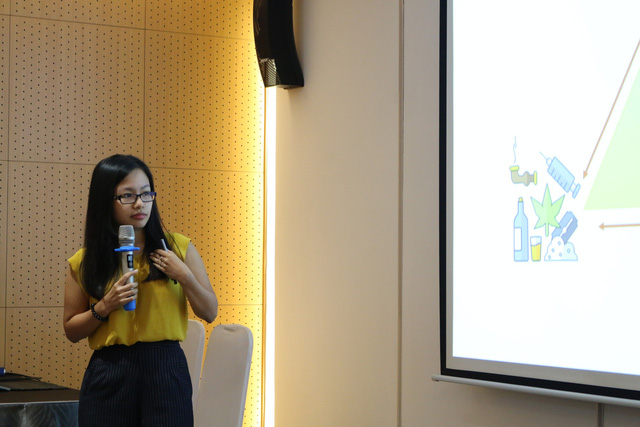

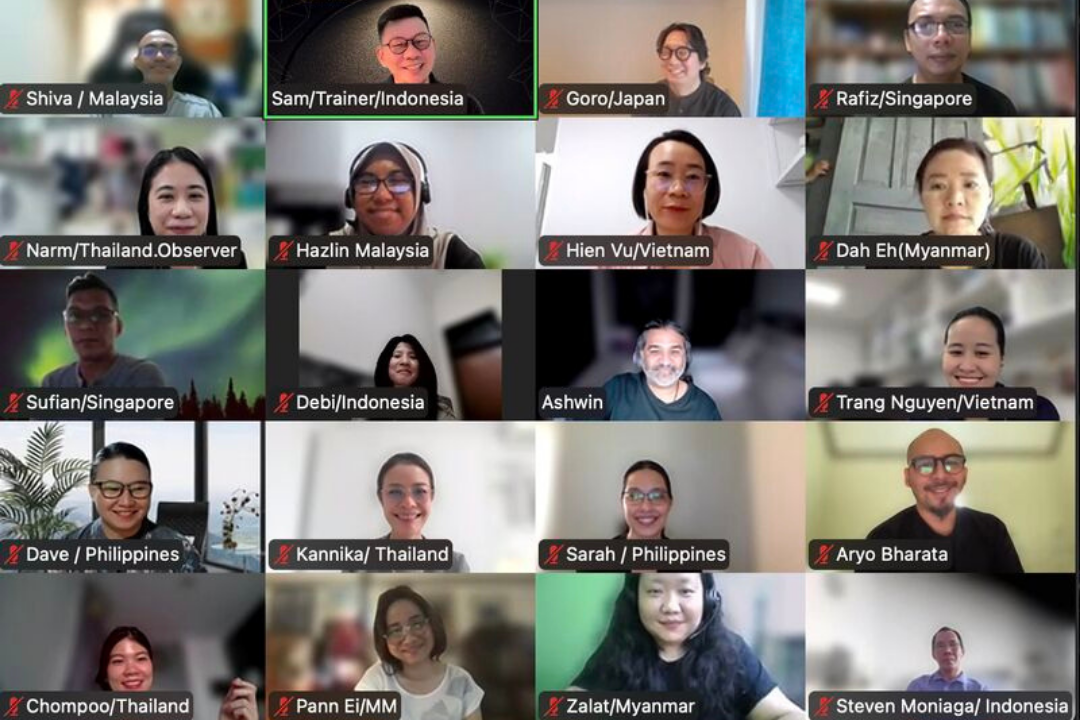
.jpg)
.JPG)

